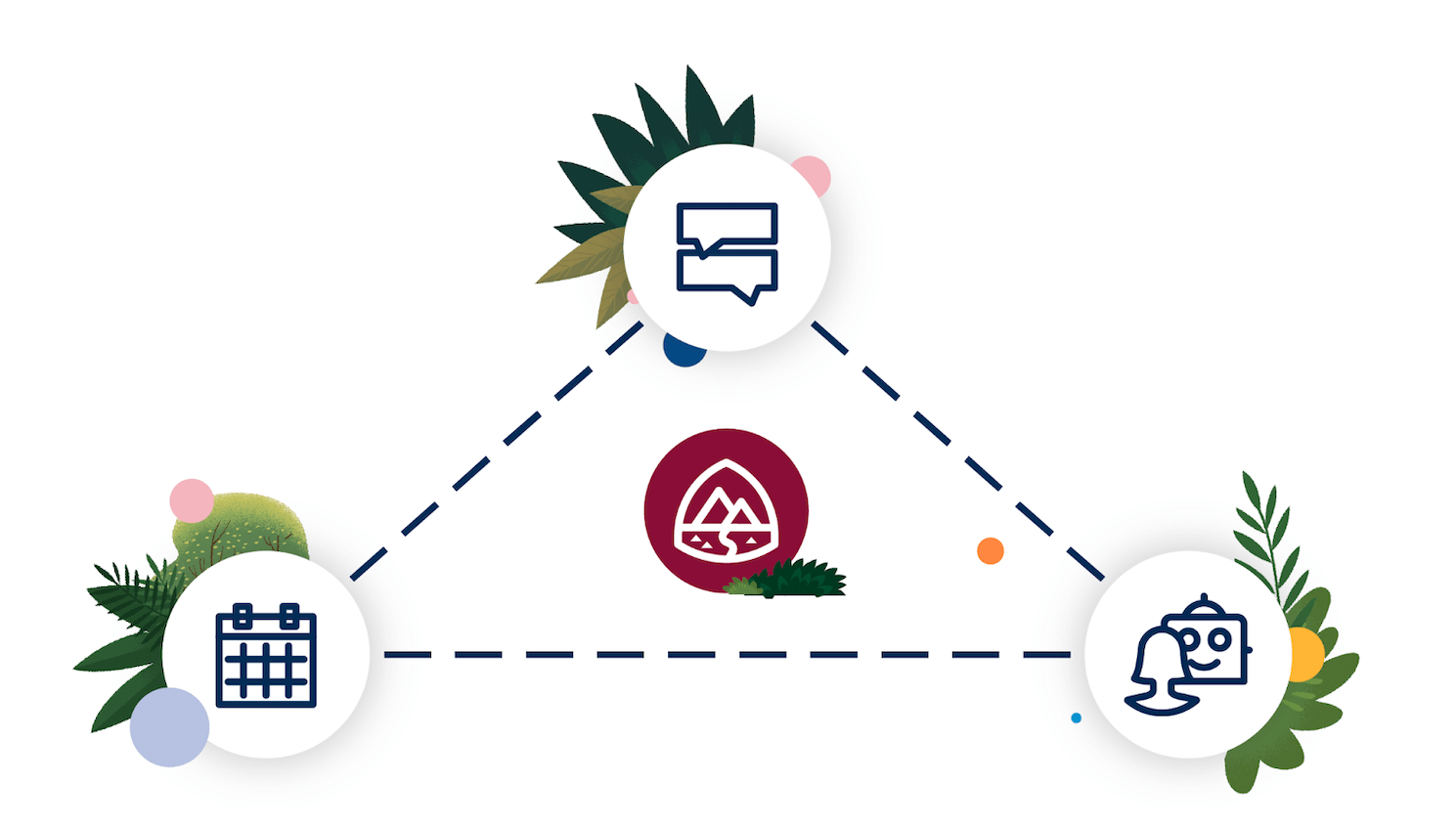


Workforce management is the most critical — and complex — part of planning for a contact center. Without it, a work-from-anywhere team feels disjointed and its growth is stunted. Agents stop growing. Managers lack visibility. And, planners can’t plan accurately.
Getting the customer the right agent, with the right skills, at the right time has a real impact on business revenue. That’s why the right workforce planning model is so important.
Planners help drive critical data, insight, and decisions. In fact, 91% of customers say a positive service experience makes them more likely to buy from a company again. Companies invest in agents to create a better customer experience: 70% of service employees have received training on how to be empathetic with customers, according to Salesforce’s State of Service report.

Put simply, work is when a customer interacts with your business.
Thirty years ago, contact centers were simply call centers. Every interaction arrived through the telephone. Today there are more channels and greater complexity. Customer service can mean self-service, where customers find the response to their questions, or AI-assisted through a conversation with a bot or a digital assistant. Or it can be agent-assisted via digital messaging, voice calls, and emails. Work comes in through many different channels: external, internal, automated, and transferred.

Once you’ve mapped out the experts to execute your plan, you need to use the right routing rules and solutions to assign those experts to incoming work — thus completing the triangle of connected workforce planning.
What powers this transformation? An intelligent and dynamic system with omni-channel routing to break the silos of channels, skills, and regions to help the experts — your service agents and digital assistants — attend to the right customer at the right time. Omni-channel routing connects agents and work, bots and work, agents to agents, and all the other interactions across a contact center.
We’ve looked at the triangle of work, plan, and experts. But there is a central force at the center of the triangle that makes it all work together: skills. To provide a frictionless customer experience, you need to line up a team with the right skills to quickly respond to diverse, dynamically shifting customer needs.
I define them as the intersection of knowledge and ability. Skills are the reason your agents can do their jobs. They’re also important to account for when planning.
Planners need access to a unified inventory of all the work to be done and all the skills available to do it. This visibility allows planners to build a capacity plan and shift schedule that gets the right work to the right agent at the right time. With this level of visibility of the whole picture, you can blend your agents across channels and across skills for maximum utilization.
Real-time microcoaching is the answer. With Salesforce Workforce Engagement, you can deliver short learning modules to agents via myTrailhead, our robust learning platform. Agents can complete knowledge modules and skill up based on their schedule availability.
To provide a seamless customer experience, you need to connect the work, plan, experts, and skills in your contact center. Workforce Engagement’s powerful combination of omni-channel routing, intelligent demand forecasting, omni-channel planning, human-centric agent scheduling, and agent training, all in one integrated platform, can get you there.
Unify your service planning, process, and people with the right technology to deliver exceptional customer service with Salesforce’s Workforce Engagement.



Brenda Bown contributed to this blog article.








Rekha is the VP of Product Marketing for Salesforce Service Cloud, leading product marketing for all Service Cloud solutions and driving Salesforce’s overall success in transforming the customer support industry. Rekha has spent her career building and growing products that help companies connect . Read More with their customers — from small businesses to enterprise organizations.






![[Customer service career path]: A picture of Shonnah Hughes smiling in her maroon Serviceblazer hoodie](https://www.salesforce.com/blog/wp-content/uploads/sites/2/2024/06/Serviceblazer-Shonnah-Hughes.jpg)








Get the latest articles in your inbox.